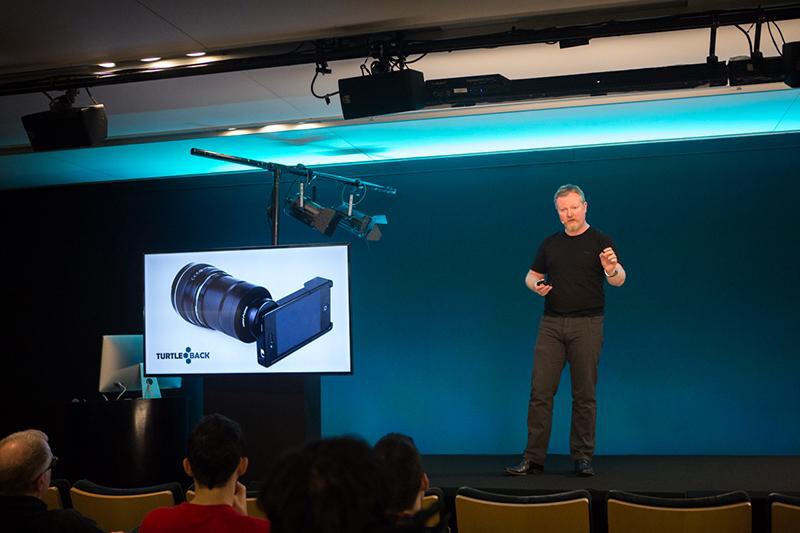So you want to be a mobile journalist, or mojo?
There is a wealth of resources for budding mojos online, and the community is welcoming and giving. Try exploring Twitter and Facebook to find tips in the language that suits you better and for the type of phone you work with.
Some mojos are particularly active on Twitter, sharing practical tips through tweets, videos and photos. They also tweet about their experiments; keep an eye out for the good innovations that you might be interested in.
People to follow:
Marc Blank-Settle, BBC trainer in London.
Glen Mucahy, Mojocon founder, trainer and head of innovation at RTE in Dublin.
Eleanor Mannion, news director at RTE News and and mojo documentary filmmaker in Dublin.
Harriet Hadfield, reporter at Sky News in London.
Siobhan Heanue, journalist and presenter for ABC News Australia in Canberra, Australia.
Ivo Burum, mojo trainer and media consultant in Australia.
Nicolas Becquet, journalist at L’Echo in Brussels. Mostly in French.
Corinne Podger, digital editorial capability manager at Fairfax Media in Sydney. She’s also compiled a list to keep track of all the latest mobile journalism news.
Wytse Vellinga, mojo trainer and journalist at Omrop Fryslan in the Netherlands. Mostly in English, though you might read tweets in Dutch and Frisian.
Geertje Algera, mojo trainer in Utrecht, Netherlands.
Yusuf Omar, mobile editor at The Hindustan Times in New Delhi. But he’s even more interesting on Snapchat: @yusufomarsa
Björn Staschen, head of NextNewsLab in Hamburg, Germany. A mix of English and German.
Marie Elisabeth Müller, professor of cross-media innovation at Hochschule der Medien in Stuttgart, Germany.
Sandra Sperber, video reporter at Spiegel Online in Berlin and mobile journalism blogger at Webvideoblog. Only in German.
Christian Espinosa, journalist and mojo trainer in Quito, Ecuador. Only in Spanish.
Leonor Suárez, news editor and mojo documentary filmmaker at TPA in Oviedo, Spain.
John Inge Johansen, mojo at NRK in Lofoten, Norway, and mojo trainer for Circom.

If you want to read more about the apps and behind-the-scenes aspects of mobile journalism, check out Staschen’s blog. Bernhard Lill’s blog is particularly good if you are planning to use an Android phone. Some of his content is in German. Mulcahy’s blog reviews the latest technical innovations, including aquatic drones!
If you’re a multimedia reporter or focus on radio, Nick Garnett’s blog offers a good insight in the life of a mojo. He also tells of his experiences in the field like after the 2015 Nepal earthquake or during the Ebola crisis, where being a mojo gave him an edge as a journalist. With years of experience, Becquet shares his tips for journalists and newsrooms venturing into mojo on his blog, Mediatype. Check out his post about the kit of the “perfect iReporter” (in French).
Mike Reilley of The Journalist’s Toolbox compiled a thorough, comprehensive list of mojo tools, resources and more that’s also worth checking out.
Main image courtesy of Yusuf Omar. Secondary image of Glen Mulcahy courtesy of Mulcahy.
